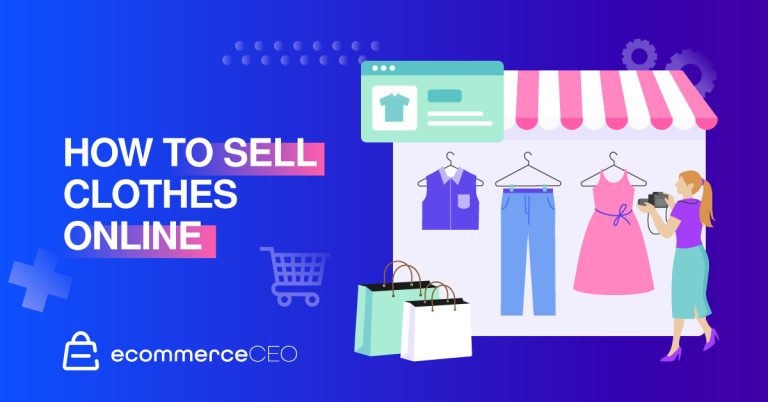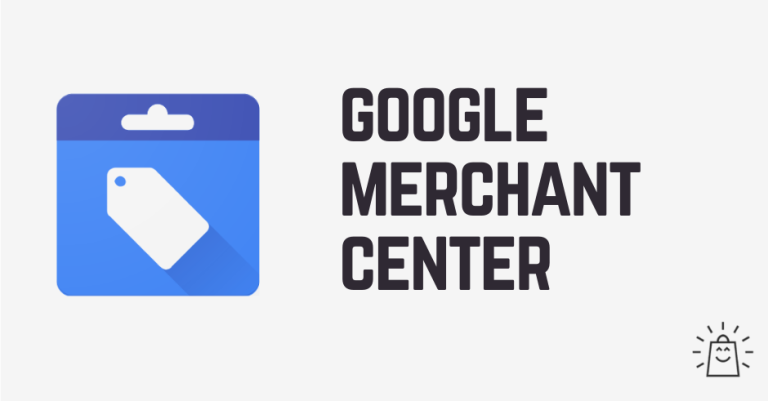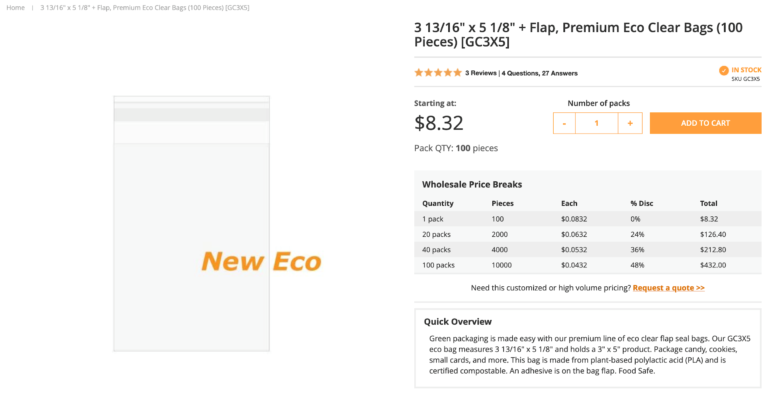Brandy Rand, IWSR’s COO of the Americas, says in a Forbes article that COVID-19 also accelerated the U.S. alcohol ecommerce, with projections to end at +3.8% in volume by the end of this year.
“Ecommerce alcohol sales in the US are expected to see average annual growth of nearly 45% in value over the next four years. Put into the wider market context, this means that online alcohol sales will jump to 1.6% of total off-premise (retail) volume in 2020 and reach 7% by 2024,” Rand adds.
1. Consumers Expect Products to Align With Their Values and Needs
Many of today’s consumers are dedicated to their lifestyle and wellness priorities. They look for products that meet their expectations:
- Gluten-free;
- Sugar-free;
- Peanut-free;
- Cruelty-free;
- Clean;
- Naturally made;
- Locally grown;
- Fair trade;
- Paraben-free;
- Low FODMAP;
- Plant-based;
- Clean-labeled, and more.
Take plant-based meat alternatives as an example. According to NeilsenIQ Intelligence, they’re one of the biggest shifts in the food industry in general and during COVID-19 in particular.
Year-over-year alternative meat sales increased 25% during 52 weeks, ending May 1, 2021. NeilsenIQ Intelligence also emphasizes that “the tidal wave of plant-based food demand doesn’t appear temporary, but likely represents a lasting shift in consumer preferences.”
What Your Brand Should Do
Collect and Analyze Data
Collect and analyze customer data to understand what exactly your target consumers are looking for from your brand.
- Do they expect to see more locally grown or naturally made products?
- Are your customers gluten-free or sugar-free?
- What changes have they made in their consumption habits?
- What are they searching for most when they’re in your store or visit your website?
To fulfill consumers’ expectations, you need to figure out what they expect first.
Build Consumer Trust
Make it clear about how your products benefit consumers’ health on the packaging.
Label your food, beverage, and alcohol with trusted certifications like organic and non-GMO, Whole Foods Compliance, or vegan to build trust with consumers and encourage buying confidence.
Educate Employees
Ensure your staff is educated about products to assist shoppers in choosing the right items.
As Jeff Crumpton, manager of retail reporting solutions at SPINS, explains in the Supermarket News podcast:
“When customers come into a store, they’re looking for the associates to help them with these health & wellness products. Placing an item on the shelf that doesn’t have a person that’s knowledgeable to speak to the benefits just means that you have something gathering dust on the shelves. A knowledgeable associate is a key to executing your strategy successfully.”
2. Consumers Expect Product Transparency
According to research by Innova Market Insights, product transparency is one of the top trends in the food, beverage, and alcohol industry in 2021.
Their survey found that “85% of consumers globally say that information on what is in their food is of major importance to them. Similarly, 59% say that they want to know where their food comes from and how it is made.”
That said, NielsenIQ Intelligence’s research shows that retailers aren’t keeping up with consumer demand for product transparency and discoverability:
“Most retailers offer a limited number of product attribute search filters (such as ‘keto’ or ‘vegan’). […] Although website navigation and search functionality play a role in this poor experience, the root cause is incomplete and inaccurate product data. Consequently, online shoppers searching for specific need-states are often presented with incomplete or inaccurate search results.”
What Your Brand Should Do
Use a PIM
Implement product information management (PIM) to centralize all the product data into one place and facilitate the updating and enriching process. Doing that ensures your data is up-to-date, accurate, and consistent across channels, from in-store, to online store, to social media platforms.
Create Thorough Product Detail Pages
Optimize your product detail pages with as much information as possible. Think about product descriptions with:
- Ingredients (names, sources, benefits);
- Cooking instructions;
- Recipes;
- Serving temperature;
- Food pairings;
- Bottle size; and
- Bottle volume, etc.
You may also want to include videos and images to give consumers a better experience of your products, especially if you’re selling wine and alcohol.
Build an Easy Digital Search Experience
Optimize the digital search experience that allows consumers to quickly find products that match their search terms.
Consider implementing a robust search and filtering engine that uses semantic data. Semantic data will help analyze shoppers’ search queries to provide the most relevant product recommendations.
3. Private-Label Products Have Become Popular Choices Among Consumers
Gone were the days when private-label products (sometimes referred to as “store-brand” or “home-brand” or “own-brand” products) were seen as low-quality options. Today, they’ve been earning more shelf space.
In a mid-September 2020 survey of more than 2,000 U.S. grocery shoppers, McKinsey found that nearly one in five said they bought more private-label products during the COVID-19 crisis than they did pre-crisis. The main reason for this trend is that these products are well-priced.
McKinsey’s findings are also consistent with Bazaarvoice’s 2021 Shopper Experience Index, showing that grocery is the most popular vertical that shoppers will buy private label (56%), followed by home goods (47%), and apparel (41%). More surprisingly, two-thirds of shoppers believe that private-label brands are just as high-quality as name-brands.
What Your Brand Should Do
Do Your Research and Make a Plan
If you’re a retailer selling multiple products, including private-label ones, now is the time for you to shine. Do research on your target consumers, their expectations, your unique value propositions, etc.
Then, implement omnichannel marketing strategies to meet consumers where they are and give them what they want at the right time. Think like a national brand to make your brand a market leader.
Ask Questions and Make Investments
If you’re a national brand, dive deeper into your target audience and find out what they’re looking for from you.
What’s missing in your product that makes consumers turn to private-label products? What factors contribute to your brand loyalty? Then, invest in product development to make your products fit consumers’ needs.
You may also want to promote your brand across channels, build a strong community on social media, enhance your loyalty programs, etc.
Start Capitalizing on These Consumer Trends
The pandemic has massively changed food, beverage, and alcohol consumer trends and behaviors, including tailoring product choices to customer needs, expecting brand transparency, and buying more private-label products.
While these changes bring some challenges, they also create opportunities for innovation: product development, data management, and omnichannel experience.
By implementing these strategies, you can fulfill your target consumers’ expectations, make them stick around, and become brand advocates.
Download our 2021 Consumer Research report to gain better insight into changes in consumer behavior and how you can strategize to better meet their needs.




